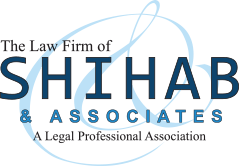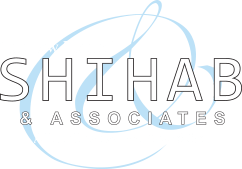Notwithstanding the downturn in the economy, many companies and research institutions in cities such as Columbus and Cleveland in Ohio or even Detroit, Michigan continue to aggressively recruit engineers and scientists from all over the world. There is much demand for at least a temporary increase in the number of H-1B visas available. Legislation has been introduced, but rejected several times in recent years. Until Congress in Washington DC does something to alleviate the demand for more H-1B visas, employers seeking to hire temporary workers on H-1B status face much frustration over getting applications filed before the H-1b cap is reached. If you want to have a chance to file an H-1b petition this year, you will need to engage an immigration attorney by January and file your case before April 1, 2009. Students on Optional Practical Training should not wait until their status is close to expiration.
There are currently 65,000 H-1B visas available each year. In addition, there are 20,000 H-1Bs available for persons holding U.S. advanced degrees (e.g., master’s). Once the 20,000 visa cap is met for advanced degrees, persons holding advanced degrees can still obtain H-1B visas, but those visas will then be taken from the 65,000 cap.
Both H-1B caps described above have been reached quickly in recent years, usually a considerable amount of time before the fiscal year even begins and frequently within mere days after the beginning of the filing season. For example, for fiscal year 2008, the cap was met within two days of the start of filing, and approximately 6 months before the beginning of the fiscal year. Thus, timing is essential.
Timing the filing of applications is frustrating because in order to file one, a Labor Condition Application (LCA) must be submitted to the Department of Labor (DOL). An LCA certified by DOL or proof of filing the LCA must be submitted with the H-1B application. Per the LCA, the employer makes certain attestations regarding the position, its pay, and the working conditions of others similarly employed.
The problem is that both the LCA and the H-1B application must be submitted no earlier than six months before the intended date of employment. But since the cap has been reached so rapidly in recent years, employers, or their attorneys, have found the need to coordinate both the LCA and the H-1B filing substantially earlier to ensure that the H-1B application will be able to be filed before the cap has been met.
Failure to meet the deadline means that the application will be rejected and the employer will have to wait until the following year. For applications received by United States Citizenship and Immigration Services (USCIS) on the day on which the cap is met, a lottery system functions to randomly select from the pool of applications received that day a number equal to what is needed to meet the cap. All other applications received that day and after that day are rejected.
Employers should be aware that an interim rule was published by USCIS on March 24, 2008, prohibiting the filing of multiple petitions for the same beneficiary in an attempt to increase the chances of receiving an H-1B visa. In the case that more than one petition is discovered, all the petitions for the particular beneficiary will be denied and filing fees will not be refunded.

